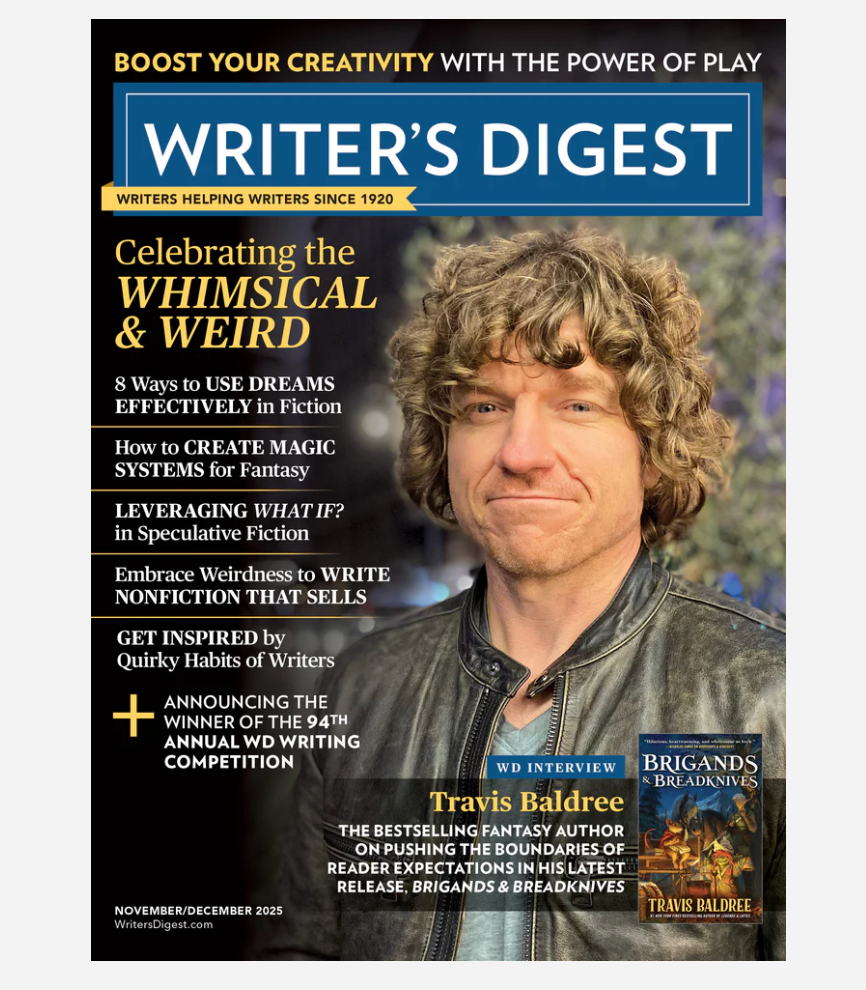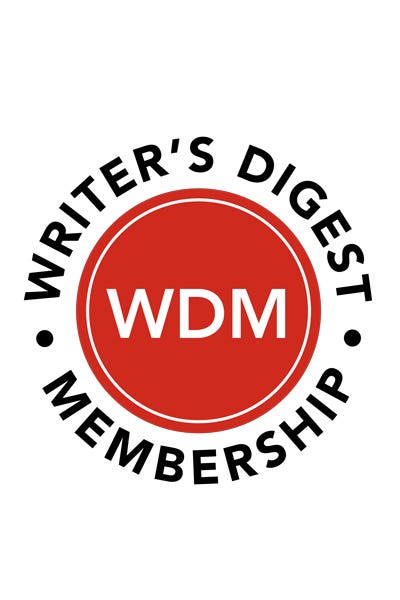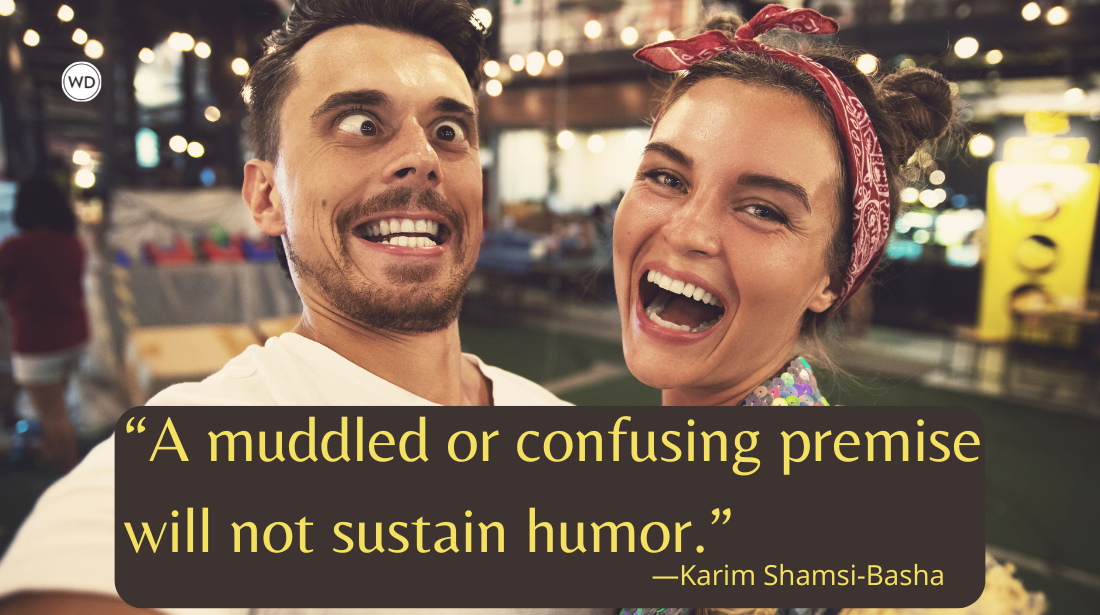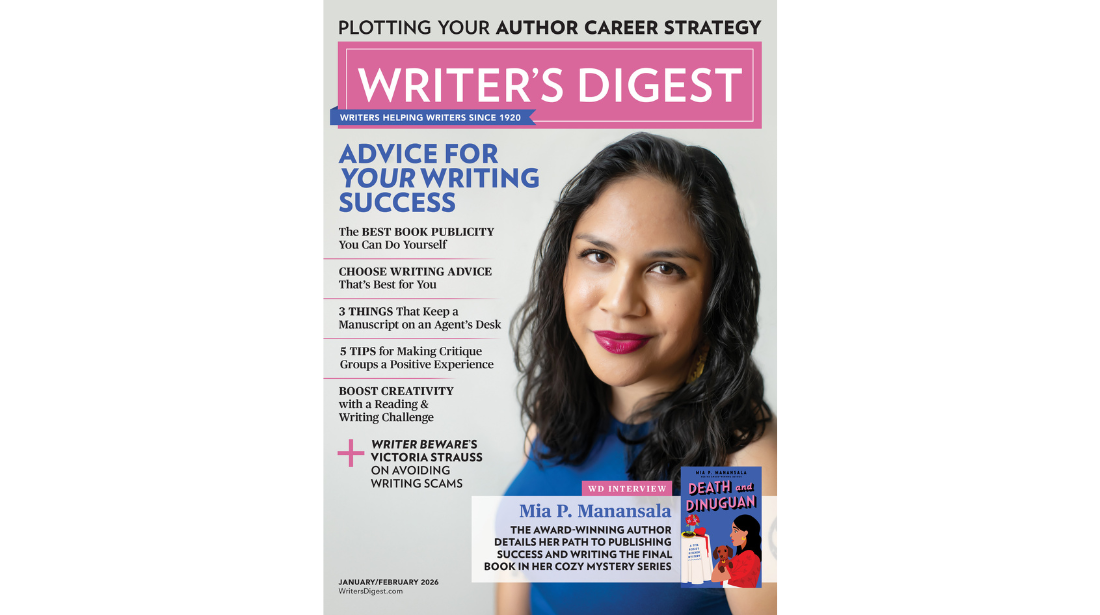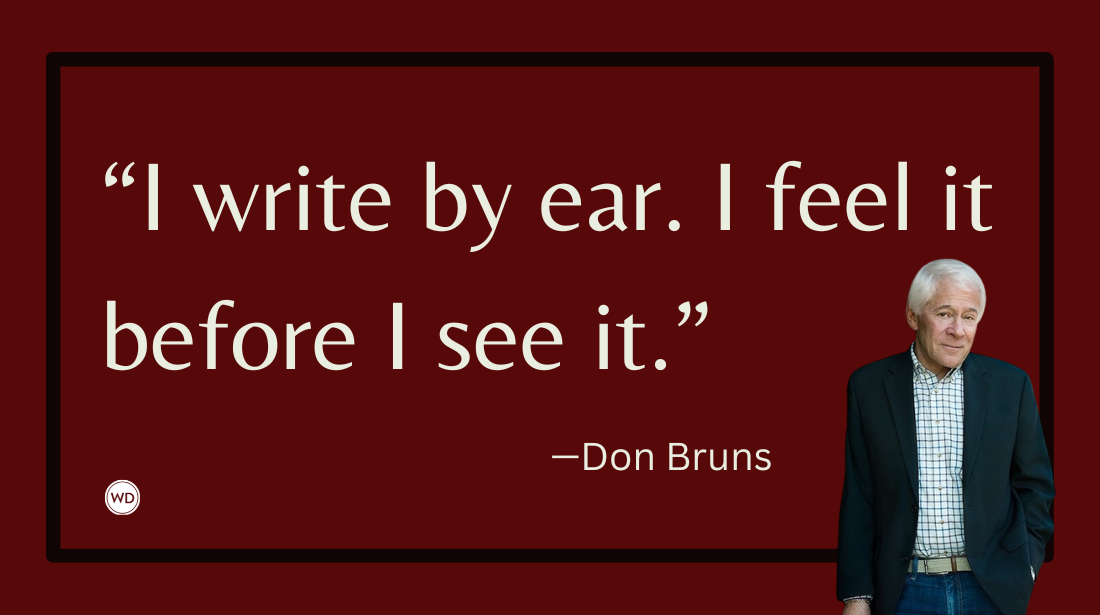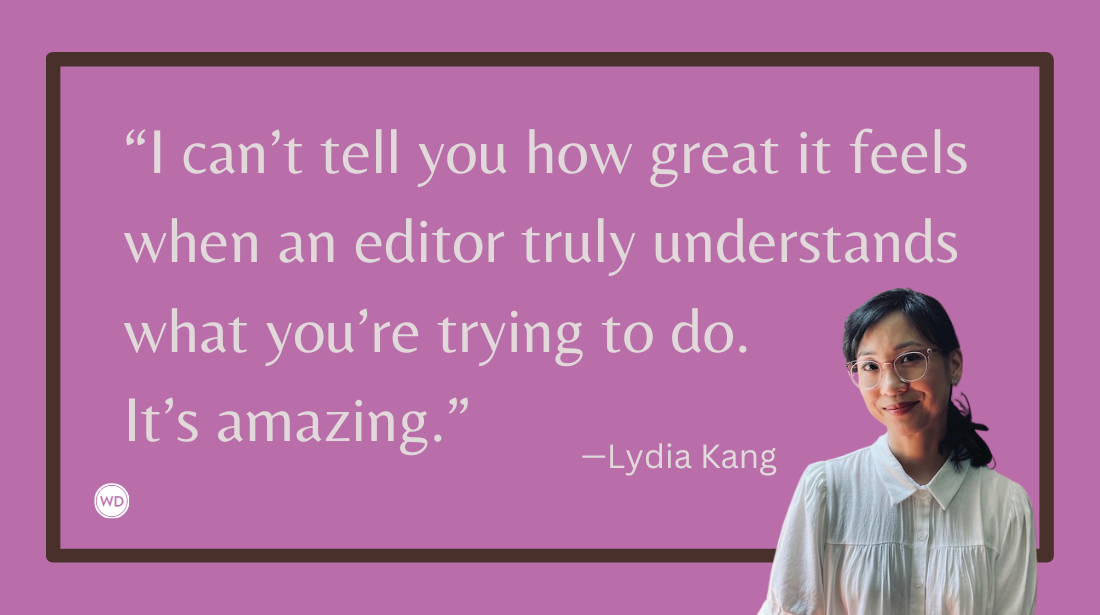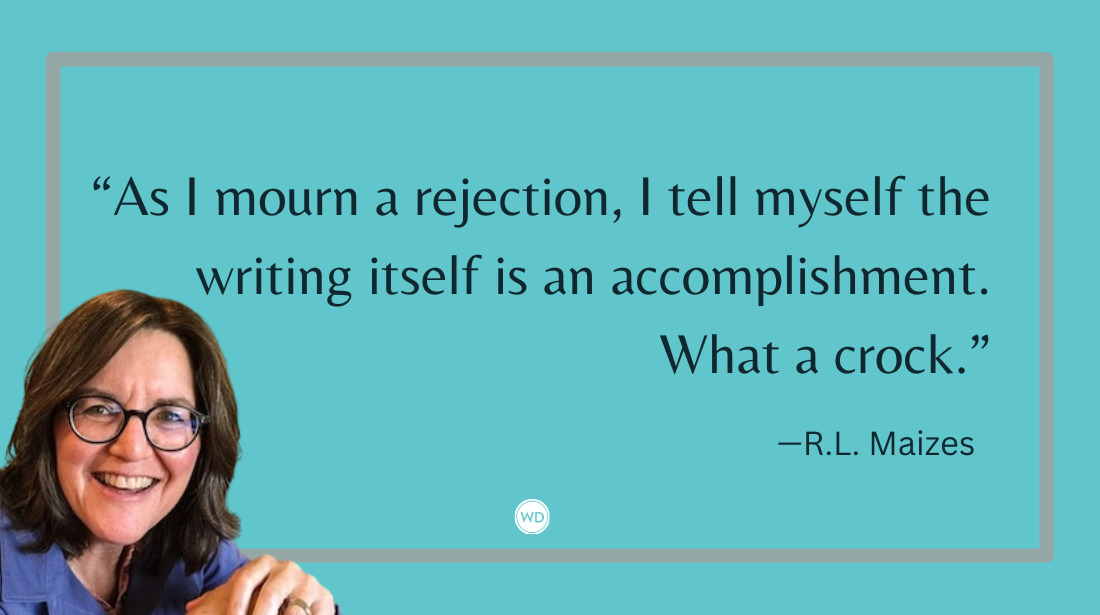Audio Storytelling: How Writing Fully-Produced Audiobooks Has Changed the Way I Write
Author Lucinda Berry shares how writing and producing fully-produced audiobooks has changed the way she writes through audio storytelling.
Almost all of my books are made into an audiobook, read by one or more narrators depending on how the story is told. In the last couple of years, I’ve had the exciting opportunity to create two fully-produced audio thrillers—and doing so has forever changed the way that I write.
What do I mean by “fully-produced?” These productions go beyond a single narrator reading the text like in a traditional audiobook. They feature a full cast of voice actors, cinematic effects, and sound design. The result is a fully immersive experience, almost like listening to a movie.
If you think about it, stories are an oral tradition. Long before we had printing presses and bound books, that’s how we shared them. Around the campfire and at the dinner table. In hushed whispers with our best friends. I’d heard the story of Rosemary’s baby told at every single slumber party I attended growing up long before I ever read the book. So in a way, an audiobook is storytelling brought back to its most primal form. That’s why I love them.
Writing for audio isn’t just about translating a book into a new a format. It requires rethinking how you tell the story, knowing someone is going to hear the words instead of see them. Also, audiobooks are usually consumed differently, which makes a huge difference. I may be writing for someone that’s walking their dog or out on a five-mile run. Sitting in traffic on the 405. Cleaning the kitchen and putting away laundry. And since most people are listening with earbuds in, audio storytelling has an almost confessional quality to it. Like the performers are whispering secrets straight into their ear.
When I started working on my second fully-produced audio project, This Is a Safe Space, I took everything I learned from creating my first one and pushed it even further. I got rid of what didn’t work and built on what did. My goal was to make this novella even more entertaining for listeners. I chose to structure the plot around therapy sessions, because what better place could there be to build on the already confessional nature of audio storytelling? I wanted to craft a voice throughout the narrative that continually invited the listener in, to create a character who always seems to be saying: I’m about to tell you something I shouldn’t.
On a more technical level, writing for print means you can rely on a reader to stop or reread anything they may have misunderstood, but audio doesn’t give you that luxury in the same way. It requires a different set of creative muscles, because the story moves a lot more like real time. Rhythm becomes crucial. Sentences need to flow, paragraphs read like scenes, and dialogue has to be especially on point. I learned to think less about sentence variety and focus on tempo even more that what I usually do.
For these audiobooks, I paid closer attention to the beats. I tend to be a concise, snappy writer—definitely not the long, elegant prose type—but this process made me even more precise. I was constantly cutting out anything extraneous. Getting rid of repetition. Trimming sentences. It was a lot like script writing in many ways. In fact, the therapy sessions are actually written in script format. So are the text messages.
Audio has made me a more disciplined writer. It’s forced me to confront not just what I’m saying, but how each word and sentence sounds. During the production of This is a Safe Space, I discovered that what looks beautiful on the page can sound clunky aloud. So now, I edit dialogue by ear. I read every scene out loud. I listen for stumbles, breath patterns, or unintentional repetition. I cut adjectives, tighten phrasing, and chase the kind of momentum that makes someone keep listening in the same way I try to keep readers turning pages.
For me, audio storytelling isn’t a departure from writing novels, because in the end, I always have the same goal in mind. It’s why I write in the first place. Whether it’s on the page or in someone’s ear, my goal is always the same: to make the listener—or the reader—forget where they are and simply feel.
Check out Lucinda Berry's This Is a Safe Space here:
(WD uses affiliate links)


